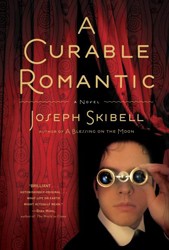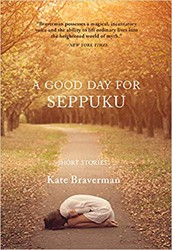By
– August 31, 2011
Jacob G. Rosenberg (1922 – 2008) was a Holocaust survivor and award-winning author. Born in Lodz, Poland, he lived in the Lodz ghetto, before his entire family was sent to Auschwitz, where all but he perished. Liberated Liberated in 1945 after several concentration camps, he went to a displaced persons camp in Italy, where he met his wife, and in time they immigrated to Australia. He was, perhaps, best known for his poetry and autobiographical works, East of Time (2005) and Sunrise West (2007). The Hollow Tree was published posthumously.
The story is a unique presentation of the sad but true denial, by so many, of the horror to come to the Jews in Europe, the ensuing devastation, the unspeakable loss, and at long last a faint glimmer of hope. Set in some pastoral town, we meet Jan, a young man from a wealthy manufacturing family. They, as compared to others, belong to the “ancient community of Sojourners.” As Jan discovers his first, passionate love in a beautiful young woman from a working class family, he is also drawn into an emerging new political arena. He begins to step away from his traditional home and close family ties. The foreshadowing is there, the terror begins, and Jan is faced with one decision after another for love and survival.
This is a scary, sorrowful, and poignant tale. We have, no doubt, read it before. The choice to tell the story as a parable illuminates the timeless themes of morality, love, bravery, and survival.
The stilted, reserved style might protect the reader from the well-known details, but is as provocative as any fable we know. Even the traditional illustration on the jacket cover, done in paper cut-out, encourages one to read between the lines.
The story is a unique presentation of the sad but true denial, by so many, of the horror to come to the Jews in Europe, the ensuing devastation, the unspeakable loss, and at long last a faint glimmer of hope. Set in some pastoral town, we meet Jan, a young man from a wealthy manufacturing family. They, as compared to others, belong to the “ancient community of Sojourners.” As Jan discovers his first, passionate love in a beautiful young woman from a working class family, he is also drawn into an emerging new political arena. He begins to step away from his traditional home and close family ties. The foreshadowing is there, the terror begins, and Jan is faced with one decision after another for love and survival.
This is a scary, sorrowful, and poignant tale. We have, no doubt, read it before. The choice to tell the story as a parable illuminates the timeless themes of morality, love, bravery, and survival.
The stilted, reserved style might protect the reader from the well-known details, but is as provocative as any fable we know. Even the traditional illustration on the jacket cover, done in paper cut-out, encourages one to read between the lines.
Penny Metsch, MLS, formerly a school librarian on Long Island and in New York City, now focuses on early literacy programs in Hoboken, NJ.




